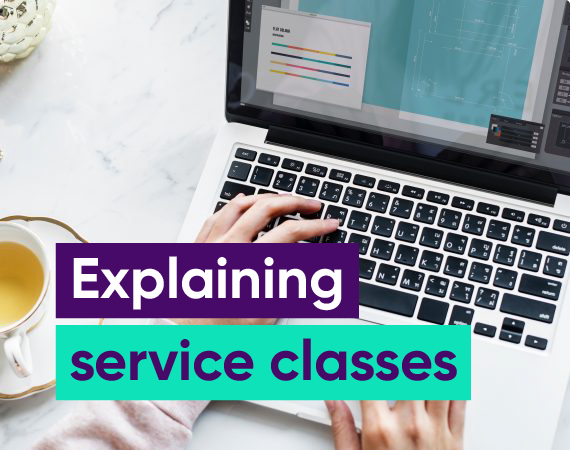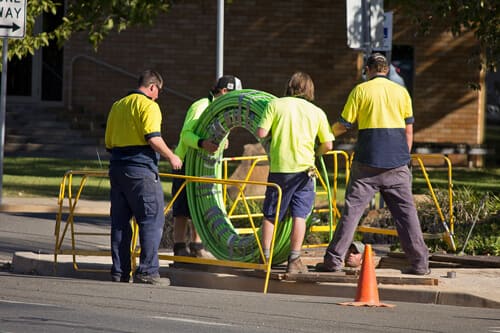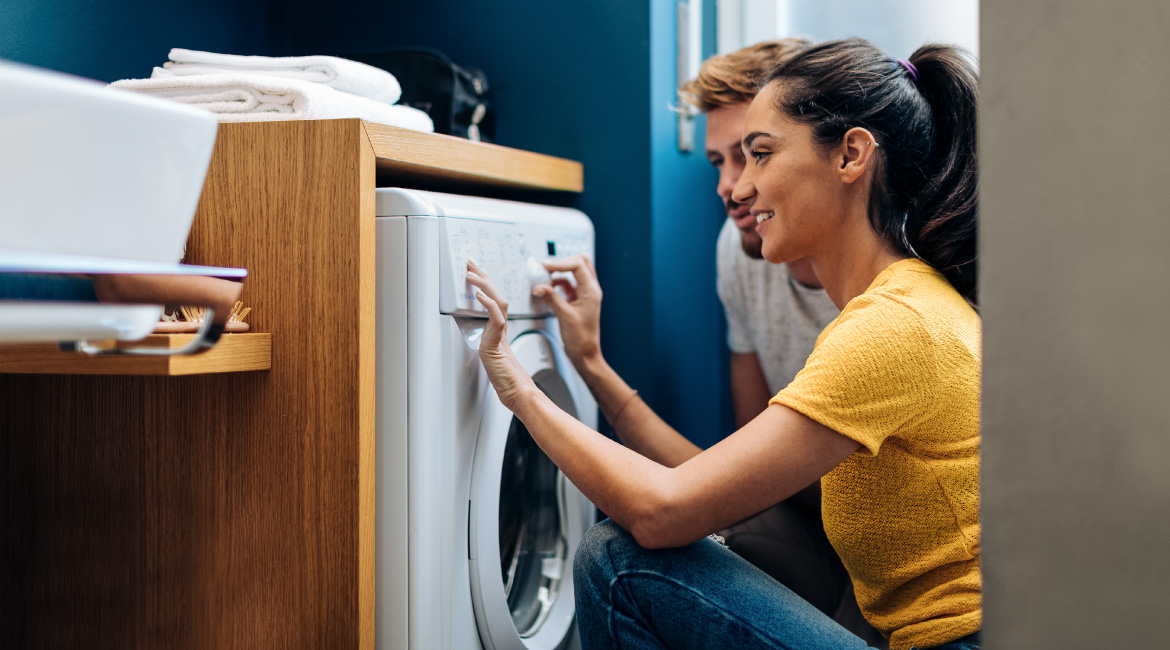
Getting the National Broadband Network internet service applied and installed for our premises involves basic steps that are dependent on the situations and conditions of the location. The NBN Co. organises them into a series of service levels, or service classes; they mark properties under these certain statuses to indicate what the specific issues are. From here they’ll identify the types of solutions and options available. They apply to all types and levels of the NBN subscriber’s location.
Not all NBN-ready properties or those that have access to an NBN source line can be completed to the final installation level. By identifying the service class, we know the level of completeness, current status, required components, and what type of NBN format is suitable / going to be used. It also gives us an idea of the level of extra work, possible costs, and timeframes that are the main variables in making it NBN ready to completing the connection.
Service Class 0
The location is planned to be serviceable by fibre
Service Class 1
The location is serviceable by fibre, no PCD or NTD in place
Service Class 2
The location is serviceable by fibre, PCD installed, no NTD in place
Service Class 3
The location is serviceable by fibre, PCD and NTD in place
Service Class 4
The location is planned to be serviceable by fixed wireless
Service Class 5
The location is serviceable by fixed wireless, no antenna and NTD in place
Service Class 6
The location is serviceable by fixed wireless, antenna and NTD in place
Service Class 7
The location is planned to be serviceable by satellite
Service Class 8
The location is serviceable by satellite but no satellite dish / NTD yet in place
Service Class 9
The location is serviced by satellite (dish and NTD in place)
Service Class 10
The location is planned to be serviceable by copper
Service Class 11
The location is serviceable by copper, copper lead-in required
Service Class 12
The location is serviceable by copper, jumpering is required
Service Class 13
The location is serviceable by copper, infrastructure in place
Service Class 20
The location is serviceable by cable (HFC)
Service Class 21
The location is within the HFC footprint, no drop, wall plate or NTD
Service Class 22
The location is within the HFC footprint, drop in place, no wall plate or NTD
Service Class 23
The location is within the HFC footprint, drop and wall plate in place, no NTD
Service Class 24
The location is within the HFC footprint, drop, wall plate and NTD in place
Notes:
Premises Connection Device (PCD) or NBN Utility Box outside the premises
Network Termination Device (NTD) or the Network Connection Box in the premises
Hybrid Fibre Coaxial (HFC) or part fibre and part copper / Multi Technology Mix NBN
Service Classes 0, 4, 7, 10, and 20 indicate and confirm the most suitable NBN format or broadband option available: as fibre, fixed wireless, satellite, copper, and HFC or Hybrid Fibre Coaxial, respectively. Under each class is a list of main statuses for each, as levels of completeness of that certain format. Each successive subclass under each main class then indicates which important components are already available to indicate next steps until final installation and completion.






